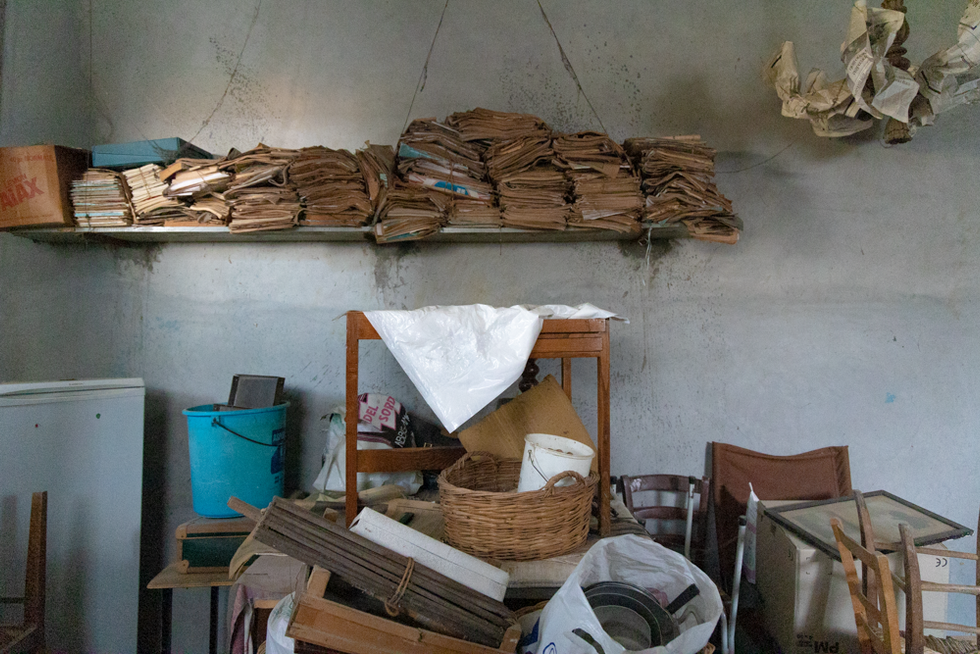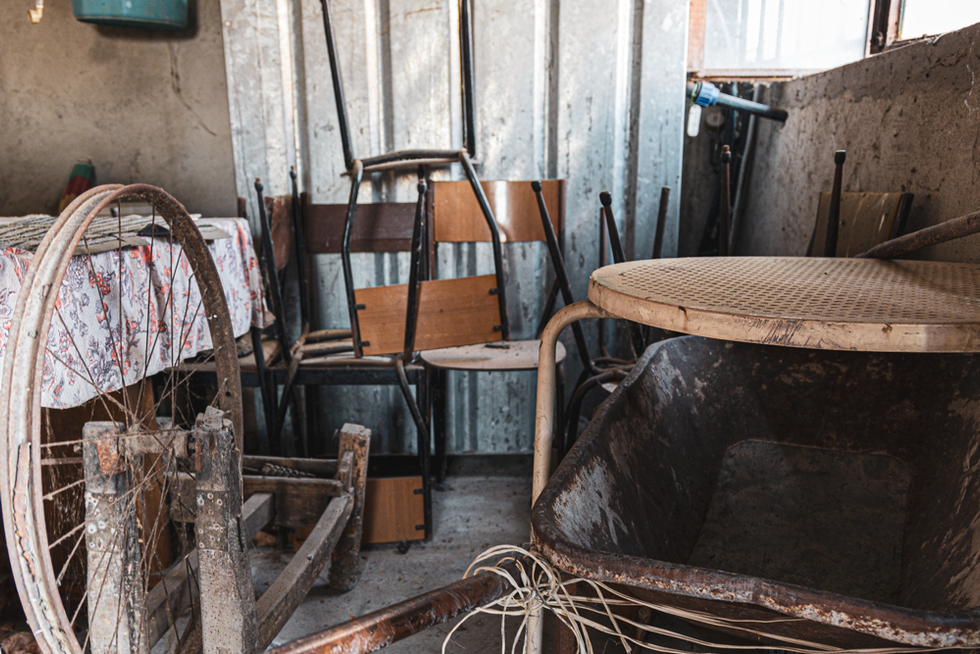Ostinato
- Marina Romani
- May 30, 2022
- 2 min read
Updated: May 30, 2022
“And I ask the dangerous question: [...] What if there were models for long-term grief? Where we had more space in our jobs and homes where it was okay to grieve—like long-term lots of paid grief time off? What would it be like if our communities really, really believed that grief was sacred and valuable, a source of life-giving knowledge, instead of a pain in the ass? What if bad survivors were good survivors? What if all survivors were beautiful in our mess?
And, even more dangerous, I want to venture: What if some things aren’t fixable? What if some things really never will be the same—and that might not be great, but it might be okay? I believe in healing and I believe in it happening in ways that are mind-blowing and far beyond what anyone thought possible. But I also wonder, what if some trauma wounds really never will go away—and we might still have great lives? Believing that some things just aren’t healable is anathema to most everyone, radical and not. We believe that with enough love and wonderful techniques and prayer, anything can transform. But what if some things can’t?” — Leah Lakshmi Piepzna-Samarasinha, Care Work: Dreaming Disability Justice (2018)
I start with a quote by Leah Lakshmi Piepzna-Samarasinha, a queer disabled writer and artist who has worked all their life in the fields of disability justice and mental health, and their contributions and activism have been revolutionary.
This project is part of my reflection on the politics of grief. In my practice, I explore how to give shape to grieving, and how making time for it is a radical act. I ask how to make space for grief when it keeps lingering and coming back in different forms, so much so that it impacts one’s mental health and vision of reality.
It took me more than ten years to go back to this place portrayed in the photos and to truly pay attention to the details in it. I had been back before -- though less and less often, over the years -- but I had never been able to pay attention -- to show care -- to the details, as it was too painful. After all those years, and after several hundreds photos, I selected a few.
I stayed up selecting and violently editing the images until late at night. I realized I didn’t want to touch them too much, I wanted to leave them alone.
The most painful image to take was the one of the car window, the empty seat, the dirt on the body.
The image of the statue is repeated — going back to the same place over and over, walking in the same rooms, seeing the same things, never really knowing how to look, what to look.

































